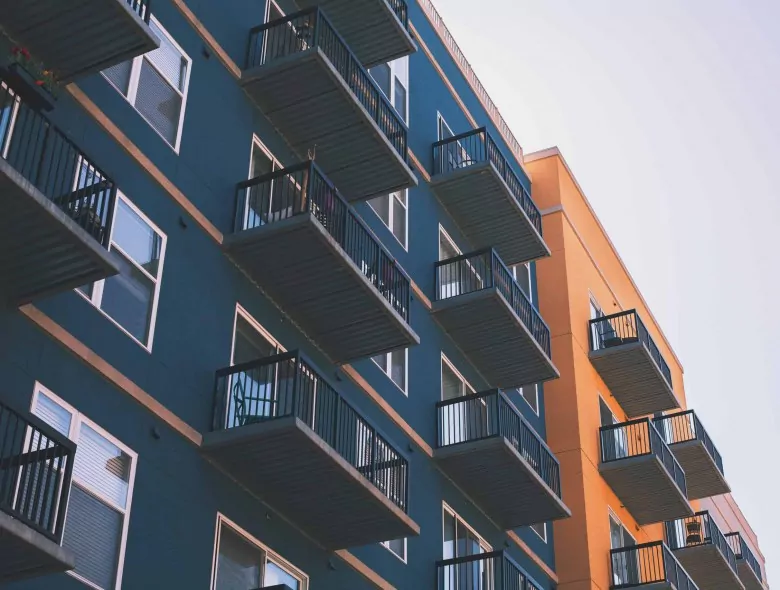
What is a 2K apartment? Apartments in Japan
So, you’re moving to Japan and looking for apartments in Japan. Or you’re here already and looking for different apartments for rent. Anyway, you’ve stumbled across some confusing descriptions – the 1LDK, 1DK, 2K apartment – and decided that it’s time to figure out the Japanese apartment layout. We’re here to help!
There is no shortage of apartments for rent due to the falling population, so looking for apartments in Japan should be easy, right? That might not be the case, as with anywhere, apartment hunting can be challenging because it can be hard to find exactly what you are looking for. When you find a good deal on a decent apartment it can make up for all the stress though!
The adverts for apartments in Japan can be confusing, especially if you are only just moving to Japan. Not only are the labels for the Japanese apartment layout different, but also the way the size is calculated can also vary.
Types of apartments for rent
It can be hard to understand the descriptions for a Japanese apartment layout. Most places will be listed as a number followed by some letters. Things can get confusing so it’s good to familiarise yourself with these terms before you start searching for apartments.
R – Room
L – Living area
D – Dining area
K – Kitchen
Apartments in Japan generally fall under one of these categories:
A 1R apartment is similar to a studio apartment, where the kitchen is integrated into the room.
1K is generally an apartment with a small kitchen area where there’ll also be a separate room area.
A 1DK apartment means the kitchen will also have a dining room, as well as a separate room area.
1LDK apartments will usually have a combined living, dining, and kitchen area, as well as a separate bedroom.
A 2K apartment will usually be two separate rooms as well as a kitchen so it is often popular with couples.
A 2DK apartment is also popular amongst couples. There will usually be 2 rooms, as well as a dining and kitchen area.
When the ‘R’ is omitted, please don’t worry – it doesn’t mean that there is no bedroom, the bedroom is assumed so the other letters just mean the additional elements to the apartment!

Size measurements of apartments in Japan
Across Western countries, apartments for rent tend to be measured in either square meters or s by feet and inches.
Moving to Japan, you’ll soon realize that this doesn’t usually apply to apartments here, despite Japan using the metric system. Apartments in Japan are actually measured in jo, measuring the size of the room by tatami mats.
The jo measurement can be listed as ‘jyou’, ‘jo’, ‘jou’, or even just a ‘j’. In the Japanese apartment layout, the jo measurement usually only calculates the size of one room rather than the whole apartment.
‘5J’ would mean that the room is the size of around 5 tatami mats. ‘6.5J’ would mean that the room is about 6 and a half tatami mat big.
The average tatami mat size is 1820mmx910mm (around 1.62 square meters). The size of the tatami can vary across Japan, and will often be smaller in more populated cities, so please bear this in mind when you’re trying to grasp the Japanese apartment layout!
As would be expected, generally the larger the living space, the higher the cost of the apartment!

The 2K Apartment
The 2K apartment is popular amongst both Japanese people and foreigners moving to Japan since the 2K apartment often works well as a balance between cost and living space. This can vary for everyone’s needs and situation of course!
As well as the two rooms and a kitchen, the general Japanese apartment layout for a 2K apartment will usually include an entrance to take off your shoes, a toilet room, a separate bathroom and shower room, and some storage space. You might also have a small balcony or porch too!
For a single person looking to save money, a 1K or 1DK apartment will often work well. For couples, however, we really do recommend 2K or 2DK apartments since it allows for a bit more space. Make sure to check the size of each room, however, since the sizes can vary, which will make a big difference!
If you’re moving to Japan, please check out our blog for more advice on what to expect!



